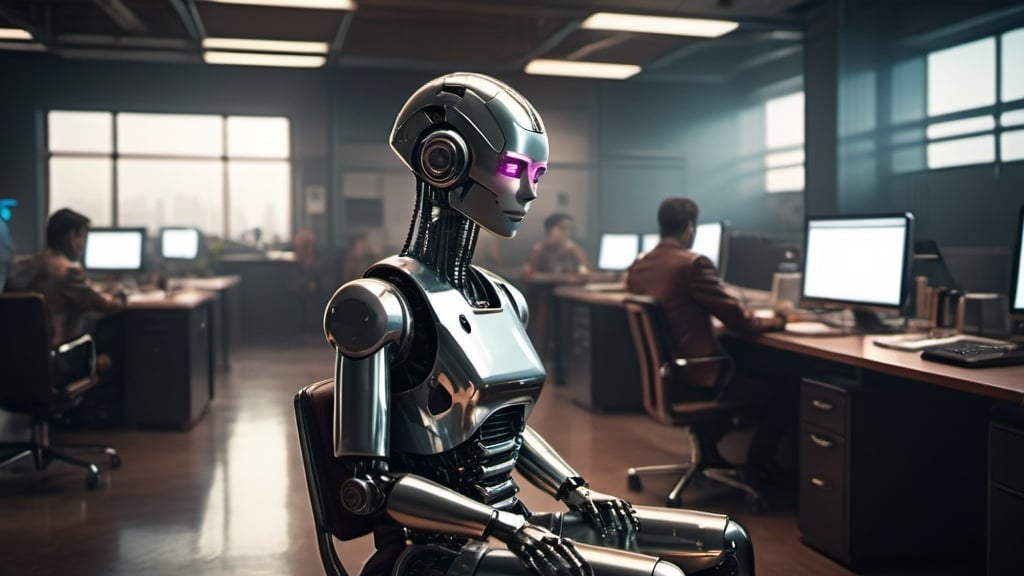As a founder or small business owner, you’ve mostly likely been bombarded by posts, blogs, articles and what-not about the transformative potential of artificial intelligence.
So, how can you incorporate this powerful tool without losing the human touch that sets your business apart?
The key lies in understanding AI’s limitations and focusing on collaboration rather than replacement.
Understanding the Limitations of Narrow AI
First, it’s crucial to recognise that the AI we have today is narrow AI – it’s designed to perform specific tasks, not to think like a human. Avoid falling into the trap of “magical thinking,” where you expect AI to solve all your problems without human input.
Quality Input, Quality Output
The quality of AI-generated output is directly linked to the quality of human input. To get the best results, you need to communicate your goals, preferences, and brand voice clearly to the AI system. Moreover, you need to compensate for the lack of AI understanding the overall communicative purpose. This requires developing skills in crafting effective prompts and engaging in feedback loops with AI.
Focus on Uniquely Human Skills
While AI can automate certain tasks and provide valuable insights, it can’t replace the uniquely human skills that drive business success. These include:
- Multidisciplinary thinking
- Self-reflection
- Expressing communicative purpose relevant to the context
- Empathy and emotional intelligence
By focusing on these strengths, you can use AI to augment and assist your capabilities rather than attempting to replace them entirely.
Mastering the Art of Collaboration
To truly leverage the power of AI, approach it as a collaborative partner rather than a replacement for human expertise. This means investing time in understanding how AI works, experimenting with different tools and techniques, and continuously refining your approach based on results.
Some ways to foster effective collaboration with AI include:
- Setting clear goals and metrics for AI-assisted projects
- Regularly reviewing and providing feedback on AI-generated work
- Encouraging your team to develop AI-related skills and knowledge
- Celebrating successful human-AI collaborations and learning from failures
A customer service chatbot is a prime example of how AI can be used to enhance, rather than replace, human interaction. By handling routine inquiries and providing instant responses, the chatbot frees up human agents to focus on more complex, emotionally-charged issues that require empathy and creative problem-solving.
As AI continues to advance, the most successful businesses will be those that learn to leverage its power while maintaining a strong human foundation.
By understanding AI’s limitations, focusing on uniquely human skills, and mastering the art of collaboration, you can position your business for success in the age of artificial intelligence.
Remember, AI is a tool – and like any tool, its effectiveness depends on the skill and creativity of the wielder.
So don’t let AI replace your human expertise; instead, embrace it as a partner in your journey towards business growth and innovation.


